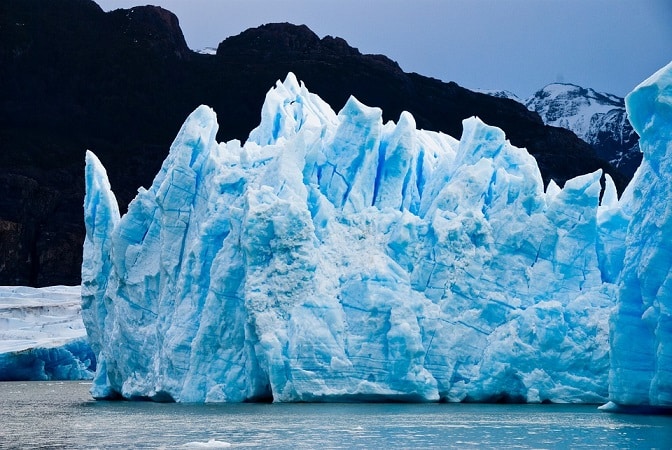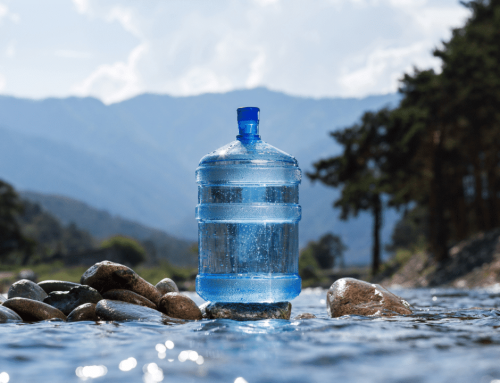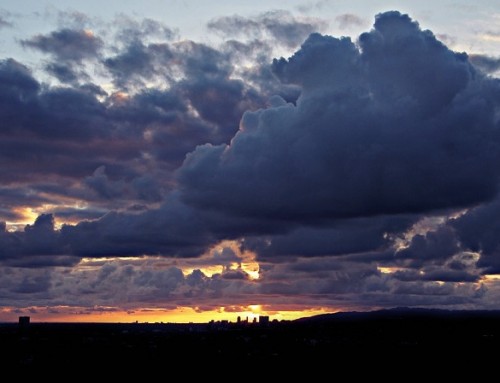According to researchers, Asian glaciers are set to shrink by at least 30% by 2100 due to climate change. This will threaten millions of individuals millions who depend on the meltwaters for drinking, hydro-electricity and agriculture.
This prediction is based on the assumption the world can and will limit global temperature rises to 1.5 degrees Celsius above pre-industrial levels. Whether this is possible or not is the question, as many individuals expect that Earth will be far hotter than this by the end of this century.
Countries have pledged, under the Paris climate accord, to keep the rise in average global temperatures below 2 degrees Celsius above pre-industrial levels to stave off the worst effects of climate change, but scientists are wary and say that there is a 90% chance that this target will not be met and that temperatures are already 1.2 degrees Celsius above pre-industrial times.
According to Philip Kraaijenbrink, the study’s author and a geography researcher at Utrecht University in the Netherlands, “As we have already considerably warmed the earth since the industrial era, we have caused an imbalance of the glaciers. We observe their retreat almost everywhere on the globe. Even if we (do) not warm the climate any more at all, starting today, 14 percent of the ice will be lost.”
In excess of a billion people across Asia depend on rivers like the Gang, the Mekong and the Yangtze, which are fed by Himalayan glaciers, for their water. Snowfall provides moisture for farms and pastures and melts into rivers and streams.
According to the study, limited efforts to prevent climate change could result in the world reaching a 4 degree Celsius rise – for each degree of global warming avoided, 7% of ice in Asian glaciers would be saved. Asian glaciers are warming faster than the rest of the planet and are already about 2 degree Celsius above pre-industrial levels.
Get bottled water dispensers and mains water dispensers from Living-Water.






